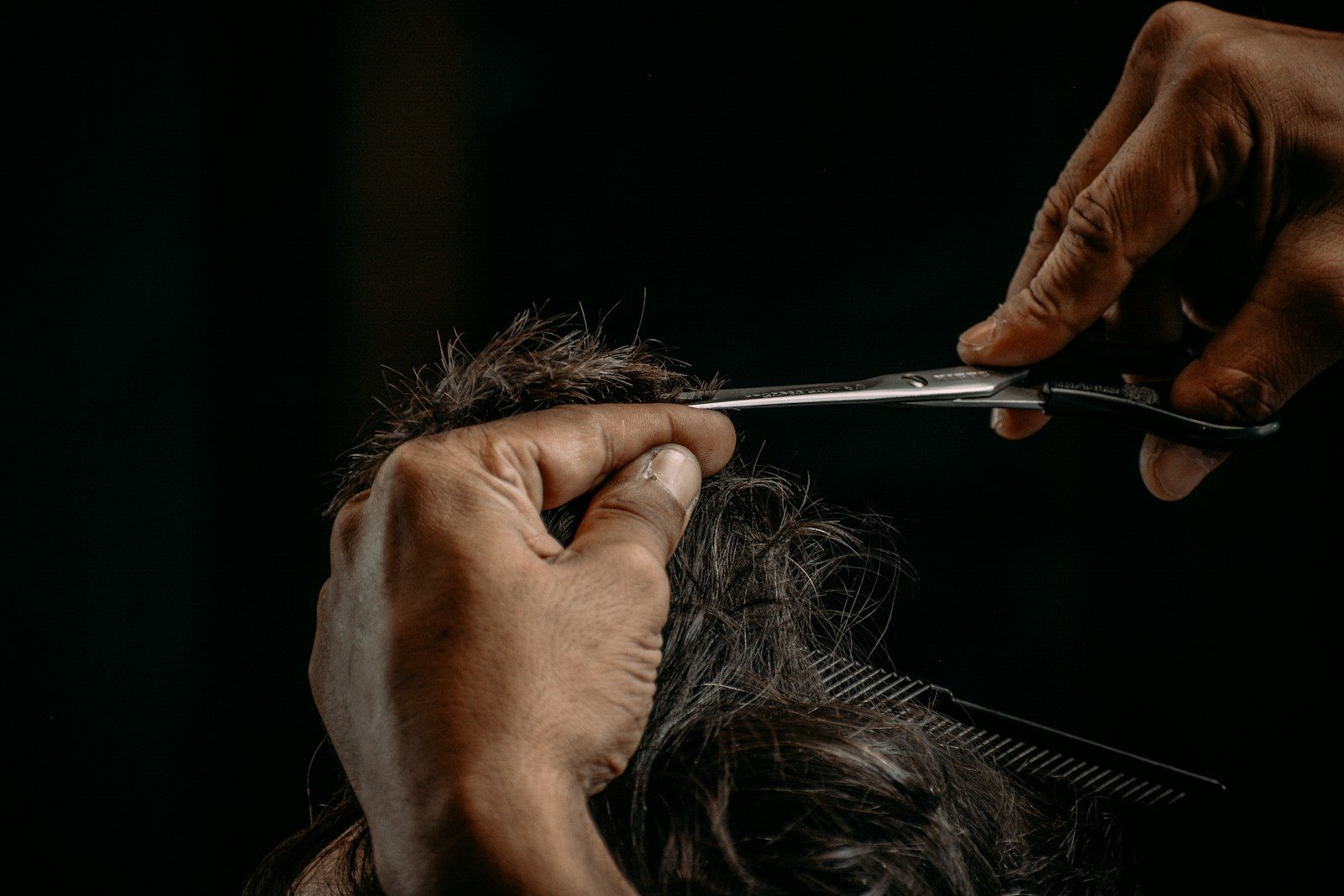Cultural Technique Awareness
Respect global cutting traditions and adapt your approach so every client feels seen and supported.

Why it matters
Clients notice when you understand the traditions tied to their hair. Culturally aware consultations build loyalty and reduce redo requests.
Quick-study cheat sheet
| Tradition | Core technique | Client cues | Adaptation tips |
|---|---|---|---|
| Japanese dry precision | Dry cutting, slide refinement | Client references “air cut” or dry salon visits | Use sharp convex shears, practice slow slide cutting on dry hair |
| British geometric | Strong blunt lines, disciplined sectioning | Client asks for sharp bob or Vidal Sassoon look | Keep sections tiny, maintain even tension, finish with point cutting only if requested |
| French freeform | Effilé shear work, movement around face | Client wants effortless, “lived in” fringe | Use slide cutting and texturizers, detail on dry hair |
| Afro-textured shaping | Section-by-section coil cutting, shape sculpting | Client emphasizes volume balance or shrinkage | Cut on dry coils, respect shrinkage, finish with curl-defining product |
Conversation starters
- “What cutting approach have you loved in the past? Dry precision, wet structure, curl-by-curl?”
- “Are there cultural or personal traditions I should know about before we start?”
Do your homework
- Follow educators who specialize in the cultures you serve.
- Keep a bookshelf or digital library of technique manuals (e.g., Japanese dry cutting, curl specialists).
- Attend workshops outside your comfort zone.
Avoid assumptions
- Never label hair as “difficult” or “exotic.” Focus on characteristics: density, curl type, growth pattern.
- Ask permission before altering signature elements (temple designs, fringe length, parting placement).
Action plan
- Make a list of the top three cultural techniques in your clientele.
- Schedule training (online or in-person) for any technique where you feel less confident.
- Update consultation notes to include cultural preferences so the whole team stays informed.
Pair this guide with Texturizing for Curl Patterns and International Technique Crosswalk once published.

